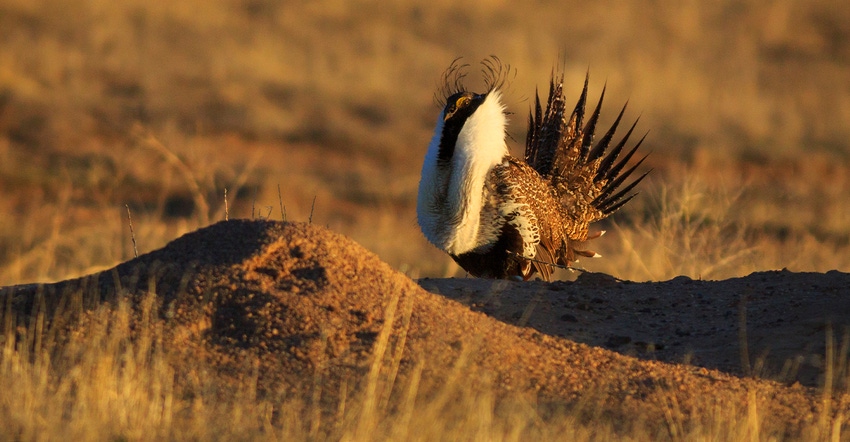October 23, 2019

In late September, I had the privilege of participating in a roundtable discussion on the Endangered Species Act, hosted by the Western Caucus in Washington, D.C. Twelve Western members of Congress were present to discuss legislative efforts to modernize the 1973 ESA. I was asked to provide a personal story about the ESA, so I recounted my experience working in the Klamath Basin of southern Oregon and Northern California, where I reside.
I served as the executive director for the Klamath Water Users Association from 2001 until 2005. 2001 was the year the federal government announced that, for the first time in 95 years, no water would be provided for irrigators from Upper Klamath Lake. Instead, that water was reallocated to meet the alleged needs of three fish species protected by the ESA.
The resulting impacts to the local community were immediate and far-reaching. Thousands of acres of valuable farmland were left without water. An economic “ripple” effect impacted the broader community. The wildlife benefits provided by those farms — particularly the food provided for area waterfowl — were also lost with the water.
The process that led to this disastrous decision has since led a National Research Council committee to conclude, in two studies, that the decision-making employed by the federal agencies that year was not scientifically justified.
Dealing with ESA impact
During my tenure with KWUA, I directly witnessed the stress and anxiety that rural families faced in 2001 and the troubling years since: the drain on their finances and the toll on their health. These farmers — my neighbors and my friends — were impacted in almost unimaginable ways when their water supplies were curtailed in 2001. Those impacts continued to linger for years.
Probably the most difficult thing my neighbors have to face is the uncertainty of the future. With current operations plans in place, nearly two decades later, Klamath Project irrigators still don’t know if they will have water — or, if they do, how much. This uncertainty makes planning for the future, at best, very difficult.
I am always puzzled by media statements and opinion pieces who stereotype any effort to shine light on the need to modernize the ESA as yet another attempt to “gut,” “dismantle” or “cripple” the program.
In fact, nothing could be farther from the truth.
My organization, the Family Farm Alliance, strongly affirms the goals of the ESA. However, this 1973 law could stand some targeted reforms, including common-sense changes to make it work better, minimize confusion and discourage litigation. We support peer review of ESA listing decisions and ESA Section 7 consultations by a disinterested panel.
One important issue is often overlooked in the ESA debate, especially by interests outside of rural areas: If protecting a species is important to society as a whole, then all of society — not just select family farms — should bear that burden.
Advocates of ESA modernization are not trying to “gut” or dismantle this law, as critics claim. We are simply trying to make it work better.
Keppen is the executive director of the Family Farm Alliance.
About the Author(s)
You May Also Like




